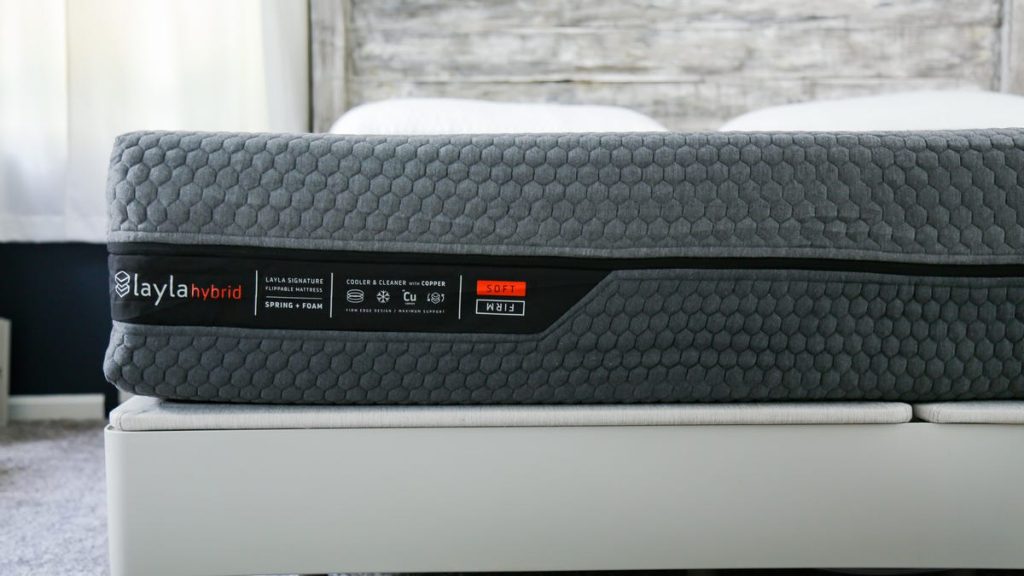Our team of sleep experts at CNET has extensively researched, tested, and deconstructed over 200 mattresses in our 6,000-square-foot mattress warehouse in Reno, Nevada. We have a dedicated office space where we compile mattress data, as well as two mock bedrooms used for testing and filming reviews. Additionally, there is a back room serving as overflow for the mattresses we have tested. Testing mattresses involves a hands-on approach, analyzing construction, feel, and comfort by rolling around on the beds from different perspectives. Our diverse team, including various genders, body types, and sleeper positions, allows us to give a well-rounded view of each bed.
One of the most subjective factors when testing mattresses is firmness and feel, which can vary based on individual body weight and pressure points. To provide an accurate assessment, multiple team members test and rate each mattress for firmness. When it comes to durability and construction, we cannot sleep on every mattress for years, but we analyze the materials and design to predict how supportive and long-lasting a bed will be. For example, the Saatva mattress received a high support score due to its sturdy construction and dual-coil system. Motion isolation, or the ability of a mattress to dampen movement across its surface, is another important factor we assess. Memory foam mattresses tend to excel in this area, such as the Nectar Premier mattress with superior motion-dampening properties compared to innerspring mattresses.
Edge support may seem insignificant, but it is crucial for those who sleep on the edge of the bed. We evaluate the strength of the bed’s perimeter by testing how well it holds up when pressure is applied to the edge. If the edge collapses, the mattress receives a corresponding score based on our data. Temperature regulation is another essential aspect we consider, as many brands claim to offer cooling features. We differentiate between mattresses that are temperature-neutral and those that actively cool the body. For example, Purple mattresses are naturally breathable due to their grid construction but are not considered actively cooling. We carefully assess each mattress’s cooling technology to determine its effectiveness in regulating temperature.
In our testing process, CNET video producer Jon Gomez captures the evaluations of mattresses by our experts, such as testing the edge support of a mattress demonstrated by Dillon Payne. We strive to provide comprehensive and unbiased reviews based on our hands-on testing and analysis. By considering factors like firmness, construction, motion isolation, edge support, and temperature regulation, we offer recommendations tailored to the average consumer. Our goal is to assist individuals in making informed decisions when selecting a mattress that suits their unique preferences and needs. Whether you prioritize support, durability, motion isolation, or temperature regulation, our team at CNET is dedicated to helping you find the perfect mattress for a restful night’s sleep.


